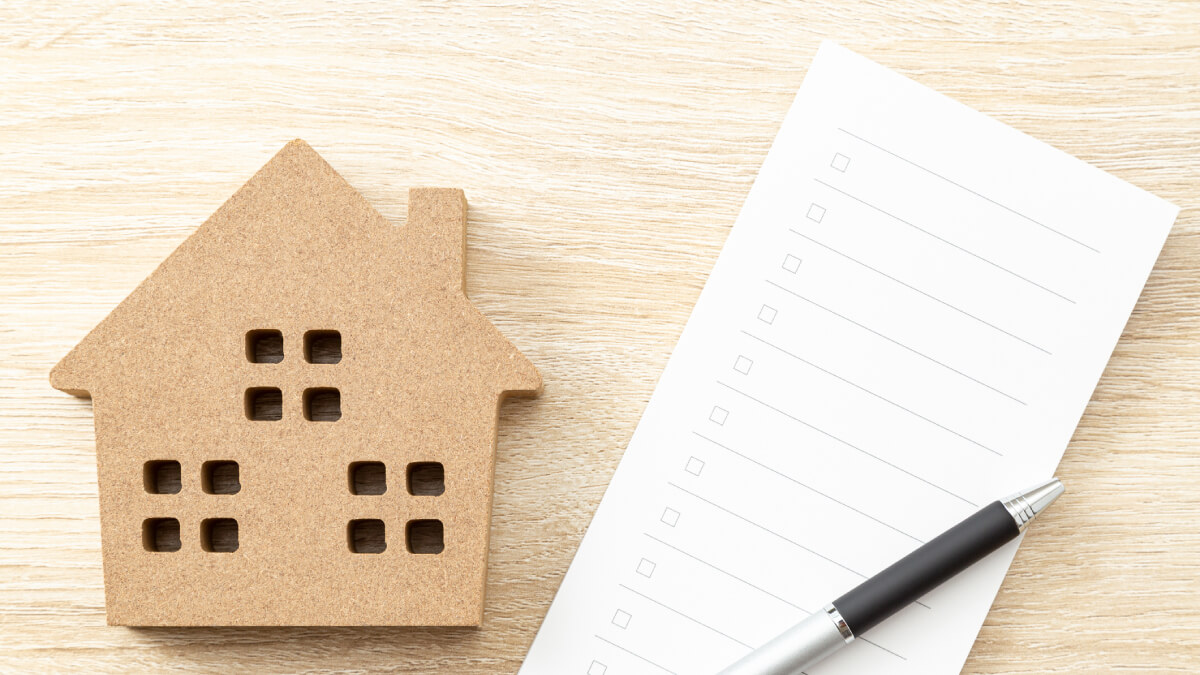
The Autumn HVAC Service Checklist
Once the leaves begin to fall and the temperature drops, it’s the perfect time to ready your HVAC system for the colder months. Regular fall HVAC maintenance prevents premature system failure and helps make sure your home is always safe and warm. Here are a few quick tips to ensure your furnace is running its best this season.
1. Keep up with HVAC Maintenance with an Expert
Nothing is more important to maximize furnace efficiency than routine maintenance. While it’s possible to handle some of the fall HVAC maintenance tasks on your own, only a professional can perform comprehensive service, clean key components and other necessary tasks. Industry experts recommend professional AC maintenance every spring and furnace maintenance before winter.
Routine HVAC maintenance helps limit energy waste and ensures smooth day-to-day operation. The time a technician has during an inspection to look out for minor problems before they wreak havoc also minimizes the chances you’d need a costly, last-minute fix.
General Furnace Safety
1. Clear Your Furnace Room
Your furnace requires ample room around where it’s installed to run safely. Avoid storing items closer than 10 to 15 feet of the unit. If your utility closet or basement is not large enough, keep it empty apart from the HVAC equipment. Store flammable items like paint, cleaning supplies and aerosol sprays far from the furnace.
2. Continue to Ensure Your Home Is Safe from Heating-Related Fires
The gas furnace is a primary risk factor for home fires. Remember these recommendations to stay protected:
- When your furnace makes odd sounds or has unusual smells, turn it off and reach out to your local heating repair technician.
- Store flammable materials far from heat sources, especially space heaters, fireplaces, furnaces and water heaters.
- Don’t leave space heaters or other portable systems running if you’re not there.
- Similarly, avoid using extension cords for space heaters.
3. Ensure Smoke, Carbon Monoxide Alarms Work
These crucial safety devices notify the household of emergencies like a fire or carbon monoxide poisoning. Conduct monthly tests to verify they’re all working, and replace the batteries annually. Only remove the batteries if you’re planning to replace them immediately.
Verify That the Air Ducts and Registers Are Clean and Well-Sealed
1. Inspect the Furnace Flue
A blocked flue pipe can result in harmful backdrafting, which increases the risk of carbon monoxide poisoning. Before running your furnace this fall, inspect the exhaust outside to ensure it’s clear of obstructions. If the flue is obstructed, reach out to an HVAC Expert for help.
2. Keep Ventilation Clean and Free of Debris
Every now and then, set aside a few minutes to check all the air vents in your home. If these registers are clogged with dust, grab your vacuum’s brush attachment to keep the debris from getting stuck deeper in the ventilation. Double-check that no return or supply vents are obstructed by furniture, rugs or curtains to keep air flowing evenly.
Closing vents in unused rooms might seem like a good idea to save money, but it can also disrupt airflow, increasing the strain on your system and inadvertently RAISING your energy costs. Keep at least 80% of your registers open to maintain efficient airflow.
3. Fix Leaky Air Ducts
Leaking air ducts waste energy, contributing to higher energy costs. Despite the name, duct tape is not ideal for sealing leaks in the air ducts. For the best results, have a professional come by to properly patch the leaks in your ductwork. The investment will cut energy bills, enhance your sense of comfort and even boost indoor air quality.
A Few More Furnace Tasks
1. Replace the Air Filter Every So Often
All your basic HVAC air filters capture dust, allergens, hair and other large particles, forming a layer of protection for your HVAC system. New filters better protect indoor air quality by capturing microscopic pollutants. Eventually, the air filter fills with debris, which restricts airflow and forces your furnace to work harder. To avoid this, replace the filter every one to three months.
2. Optimize Your Thermostat Settings
With winter approaching, now’s the time to change your thermostat from AC to heat. Properly setting your thermostat limits energy waste and helps make your home comfortable. Here are a few tips:
- Try your best to keep from overriding pre-set temperatures. Instead, add an extra layer if you feel chilly.
- Should you still need to adjust the temperature, increase it slowly. Going right to 80 degrees won’t speed up the heating process.
- Adjust the temperature to 70°F or cooler when you’re at home.
- Drop the temperature a few more degrees to around 62 degrees whenever you’re not home or when you’re asleep. A smart thermostat can handle this and even create optimized settings for you.
3. Think About Replacing Your Furnace
If your furnace has been in use for more than a decade, it may only be 60% as efficient and close to needing replacement. Rather than allowing total system failure, consider replacing it now. A new, high-efficiency furnace is capable of 97% AFUE efficiency, providing energy savings right away and peace of mind for years to come.
Prevent a Heating Headache and Contact McLoughlin Plumbing Heating & Cooling today
If you prefer letting the professionals handle the items on this fall HVAC maintenance checklist, McLoughlin Plumbing Heating & Cooling gets the job done right. We pride ourselves on delivering fast, long-lasting solutions for all your comfort needs. To set up a maintenance call, please contact us today.

